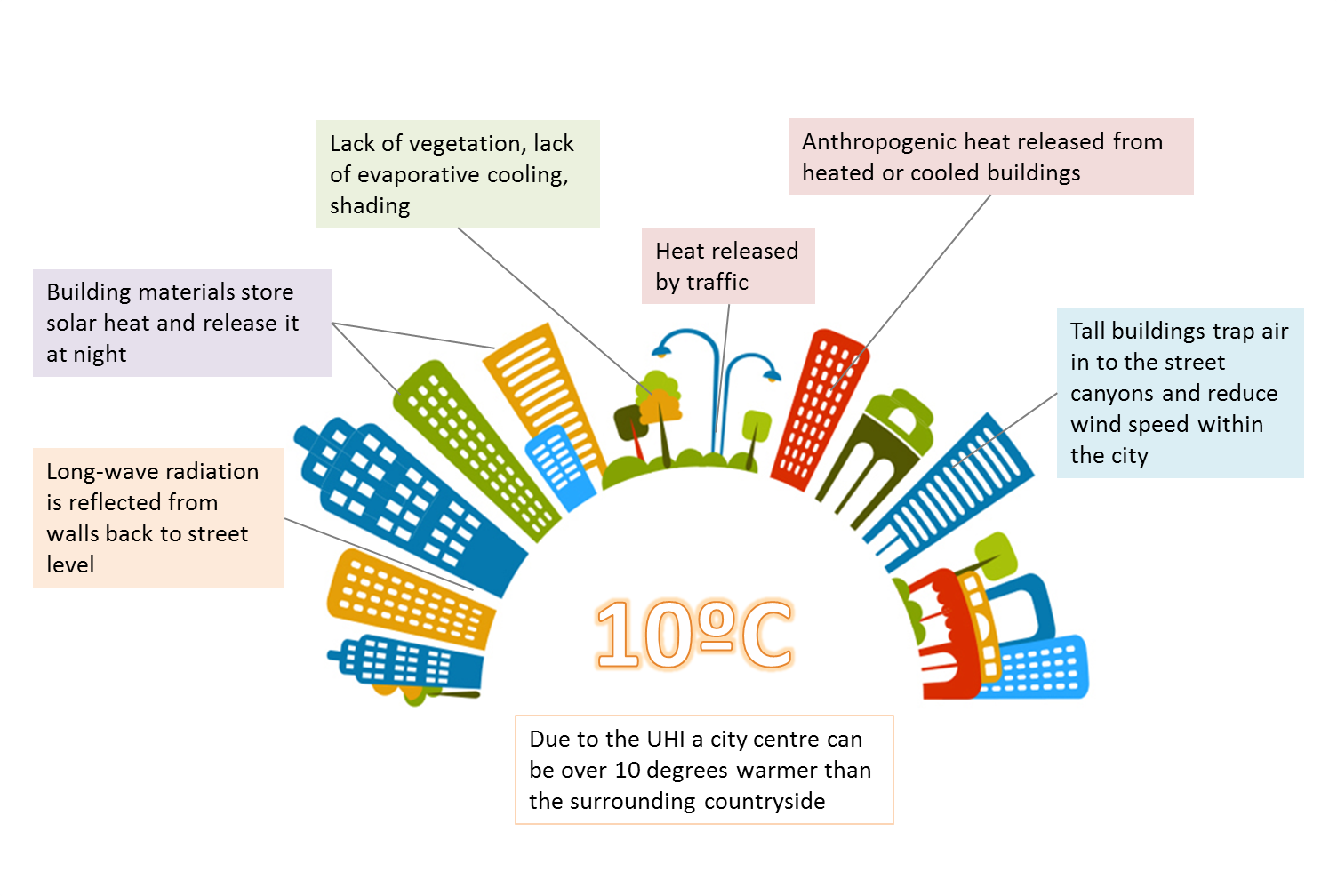There’s a section https://www.nps.gov/seki/learn/historyculture/gfmain.htm on the National Park Service’s website that discusses the restoration of Sequoia National Park’s “Giant Forest,” which contains one of the largest groves of the “[a]we-inspiring” sequoia trees that are found only on moist areas along the western slope of the Sierra Nevada mountain range. This site gives a brief overview of “giants'” decision to commence the Giant Forest restoration project and of the goals of the project, then gives, at the end of the page, links to pages with before-and-after photos, descriptions of visitors’ experiences, information regarding the impact of human development on the area, and information regarding the natural ecosystem of the Great Forest and the successful restoration of the area’s soil and vegetation. I thought the before-and-after photos were particularly interesting because they illustrated just how much has changed since the commencement of the project in the late 1990s. The site said that since the project began, 231 acres of land have been restored and 282 buildings have been demolished (and the few visitor facilities that remain have been converted into buildings that can only be accessed/used during the daytime), but a picture is worth a thousand words. The before-and-after pictures illustrate just how much natural beauty human encroachment/development/influence robbed the forest of.
While the Giant Forest was saved from the devastating effects of logging when it was designated part of Sequoia National Park, the effects of human encroachment were still seen in the changed drainage patterns, the clearing of trees, and the depletion of topsoil organic matter. The Giant Forest was in desperate need of restoration, and thankfully, the restoration project started in the late 1990s was a resounding success in that it both achieved its original goal — to restore the natural landscape — and it demonstrated just how large an impact a group of dedicated conservationists can have.


 The United States Geological Survey (USGS) is an agency of the government that studies the landscape, natural resources, and natural hazards of the US. These categories include information about the water, energy, minerals and natural resources in the US, as well as the health of our environment and the impacts of climate change and land-use change.
The United States Geological Survey (USGS) is an agency of the government that studies the landscape, natural resources, and natural hazards of the US. These categories include information about the water, energy, minerals and natural resources in the US, as well as the health of our environment and the impacts of climate change and land-use change. Oxbow Lake beside the Amazon River
Oxbow Lake beside the Amazon River